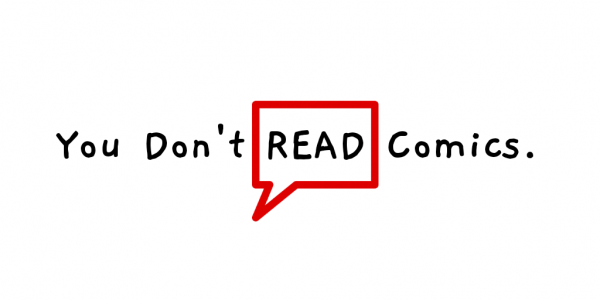The monster had eyes. Those eye came from a person. Just like the rest of him. It all came from someplace. Now the monster must confront the reality of its existence. Everyone must confront the reality of the monster’s existence. It’s going to be a brutal realization and a cold awakening amidst torches and pitchforks in Universal Monsters Frankenstein #4. Writer/artist Michale Walsh concludes his four-part retelling of the stories in the periphery of the classic monster movie with colorist Toni Marie Griffin. The story might feel a bit rushed at the end, but Walsh’s story was largely focussed on scenes between scenes that happened before the big climax, so it’s nice to get the conclusion on a very satisfying series.
There was some concern about the possible dangers caused by the monster’s existence, but they didn’t really come to full reality until it ran into that little girl. Her names was Maria. She only wanted someone to play with. He only wanted som form of companionship. They both seemed to fit so well together initially. She didn’t understand he was a danger. Neither did she. There was an accident. The people in the village were quite upset. It was only a matter of time before it would all perish in flames.
Walsh’s framing of the story had much of the. Reality of the background of the film playing-out well before the end of the film. As a result, the final issue feels much more like a straight (albeit very artistic) adaptation of actual scenes drawn more or less directly from the movie. Walsh DOES wrap-up aspects of the story that he’d been exploring in earlier issues, but for the most part, it’s all a matter of delivering on the climax of the movie itself. It’s nice to see it all come to an end.
Walsh’s rendering of classic scenes from the movie hits the page much better than it hit the screen in the old movie. The faded sepia that Griffin adds around the edges of the darkness lends a very vivid sort of a decaying mood about the final moment in the series. It’s a fitting visual end to the story that feels quite impressive in certain moments. There’s a real poetry to the visuals of what happens between the monster and Marie. The flowers form a visual rendering of the nature of joy and beauty in a way that feels much more artistically rendered than anything that would have happened on a similar level in the original movie.
It’s sad to see it all come to an end only four issues in. Granted: the movie itself was only 70 minutes long. As it is, it’s a bit indulgent to turn a 70 minute film into a four-part comic book series. It’s just sad to see it come to an ends. It’s been such a well-crafted love latter to the newly 100-year-old film. Surely there is more than has not been delivered to the page. Perhaps Wales and Griffin could do a similar adaptation with The Bride of Frankenstein? It’s worth looking into in any case...









